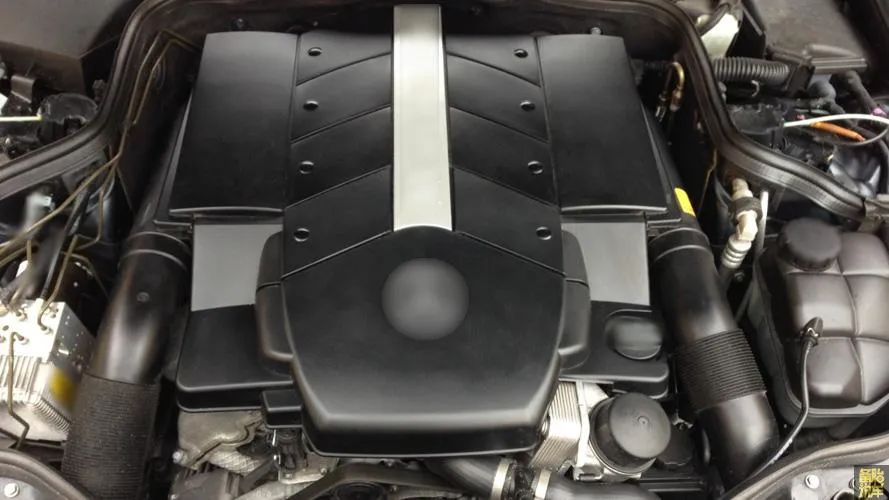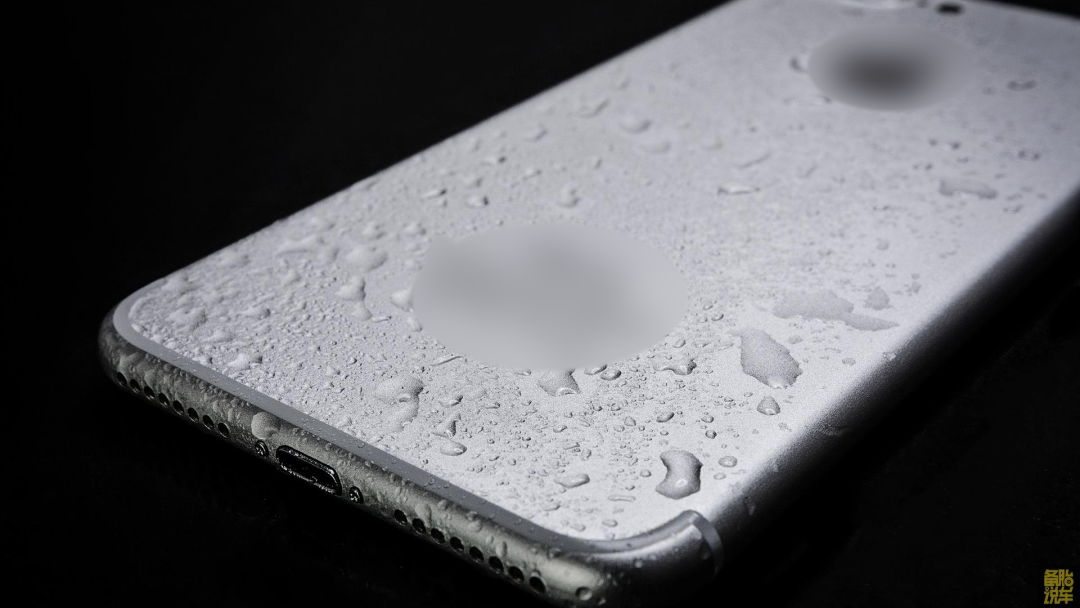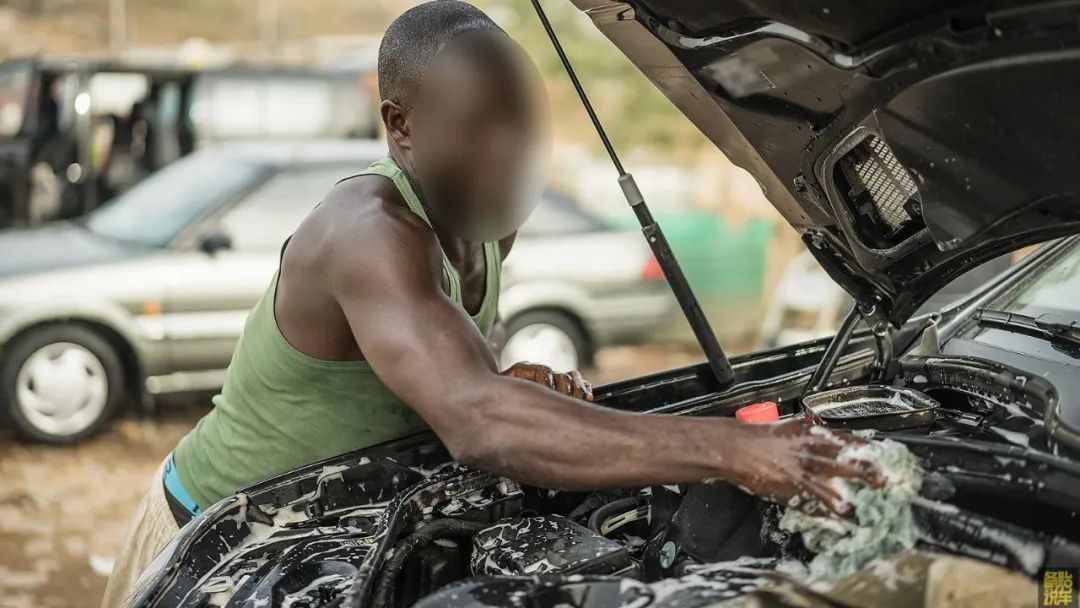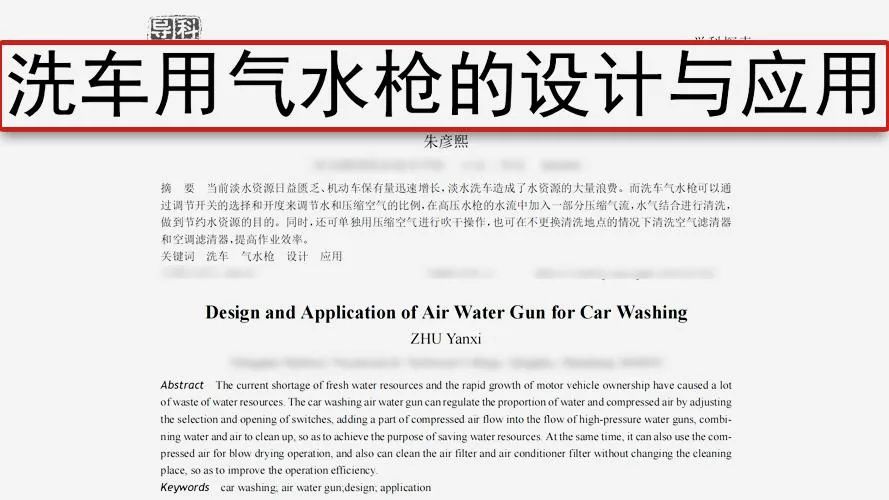Maintaining your car’s engine bay is essential for longevity and performance. A common question among car owners is: Can I use a pressure washer to clean my engine bay? Let’s break down the facts, backed by industry standards and research, to help you make informed decisions.
1. Is the Engine Bay Waterproof? Understanding Standards
The engine bay is designed to withstand exposure to water under normal conditions. According to automotive standards like QC/T 29106-2014 and ISO 20653, vehicles are divided into dry zones and wet zones for wiring protection:
- Dry zones (e.g., cabin, trunk) require no special waterproofing.
- Wet zones (e.g., engine bay, doors) use waterproof connectors, heat-shrink tubing, and sealed rubber parts to protect electrical components.
The IPX4 and IPX4K ratings apply to engine bays:
- IPX4: Resists water splashes from any direction.
- IPX4K: Handles direct water spray and splash.
This means your engine bay can tolerate low-pressure water exposure, such as rain or a garden hose. However, high-pressure washing (e.g., pressure washers) exceeds these limits and risks damaging sensitive components.
2. Why High-Pressure Washing Is Risky
While the engine bay is water-resistant, pressure washers pose unique risks:
2.1 Water Pressure Exceeds Design Limits
Most pressure washers operate at 0.5–0.6 MPa, far exceeding the 0.3 MPa threshold that automotive waterproofing is tested against. High-pressure jets can:
- Dislodge electrical connectors.
- Force water into sensors, alternators, or fuse boxes.
- Damage rubber seals and gaskets over time.
2.2 Real-World Comparisons
Think of your smartphone: Many are rated IP67/IP68 (waterproof up to 1 meter), but submerging them in boiling water or using a pressure washer still causes damage. Similarly, engine bays aren’t built for extreme pressure.
2.3 Research Insights

Studies show that even low-tier pressure washers (0.5 MPa) exceed the safe limit for engine bays. To minimize risk:
- Keep the nozzle at least 12 inches away from components.
- Avoid spraying directly at electrical parts or exposed wiring.
3. Older Cars: Extra Caution Required
Vehicles older than 7 years face higher risks due to aging components:
3.1 Degraded Seals and Wiring

Over time, rubber seals, wire insulation, and connectors deteriorate. Research by Shanghai Jiao Tong University highlights that:
- Wiring harnesses (including connectors and terminals) degrade after 5,000–10,000 hours of use.
- In daily driving scenarios, this translates to 6.8–13.7 years of lifespan.
For cars older than 7 years, high-pressure washing accelerates:
- Corrosion of exposed metal parts.
- Electrical shorts from compromised waterproofing.
3.2 Safe Cleaning Alternatives
- Use a soft brush and mild detergent for manual cleaning.
- Wipe components with a damp microfiber cloth.
- Apply a water-displacing spray (e.g., WD-40) to protect electrical connections.
4. Common Questions About Engine Care
4.1 What Does “Engine Knock” or “Engine Seizure” Mean?

Engine seizure (commonly called “拉缸” in Chinese) occurs when piston rings scrape against cylinder walls, creating deep grooves. Causes include:
- Poor lubrication (low oil levels or degraded oil).
- Overheating due to coolant leaks.
- Contaminants in the combustion chamber.
Preventive measures:
- Use high-quality engine oil and replace it regularly.
- Fix coolant leaks promptly.
- Clean fuel injectors to avoid carbon buildup.
4.2 Why Do Mechanics Open the Hood at Service Stations?

Professionals check for:
- Oil leaks (around the valve cover or oil pan).
- Coolant levels and hose integrity.
- Belt wear (cracks or fraying in timing/serpentine belts).
- Loose connections in the battery or wiring harness.
Regular inspections help catch issues early, saving costly repairs.
5. Best Practices for Engine Bay Maintenance

- Monthly Visual Inspections
- Look for oil leaks, corroded terminals, or loose wires.
- Check coolant and brake fluid reservoirs for proper levels.
- Gentle Cleaning
- Use a garden hose (not a pressure washer) on low settings.
- Cover sensitive parts (e.g., alternator, fuse box) with plastic bags.
- Post-Cleaning Care
- Dry the bay with compressed air or a microfiber towel.
- Apply dielectric grease to electrical connectors.
- Avoid Harsh Chemicals
- Degreasers can strip protective coatings. Opt for pH-neutral cleaners.
6. Key Takeaways
Summary of Recommendations
- Do use low-pressure water (e.g., a garden hose) for engine bay cleaning.
- Don’t use pressure washers unless you maintain a safe distance and avoid critical components.
- Older vehicles require extra caution due to aged seals and wiring.
- Regular inspections and gentle cleaning extend your engine’s lifespan.
By following these guidelines, you’ll keep your engine bay clean and safe. For more tips on car maintenance, explore our detailed guides on wiring protection, waterproofing standards, and engine care.
References
- [1] QC/T 29106-2014, ISO 20653, and related automotive waterproofing standards.
- [2] Studies on pressure washer design and engine bay durability.
- [3] Research on wiring harness aging and maintenance best practices.
